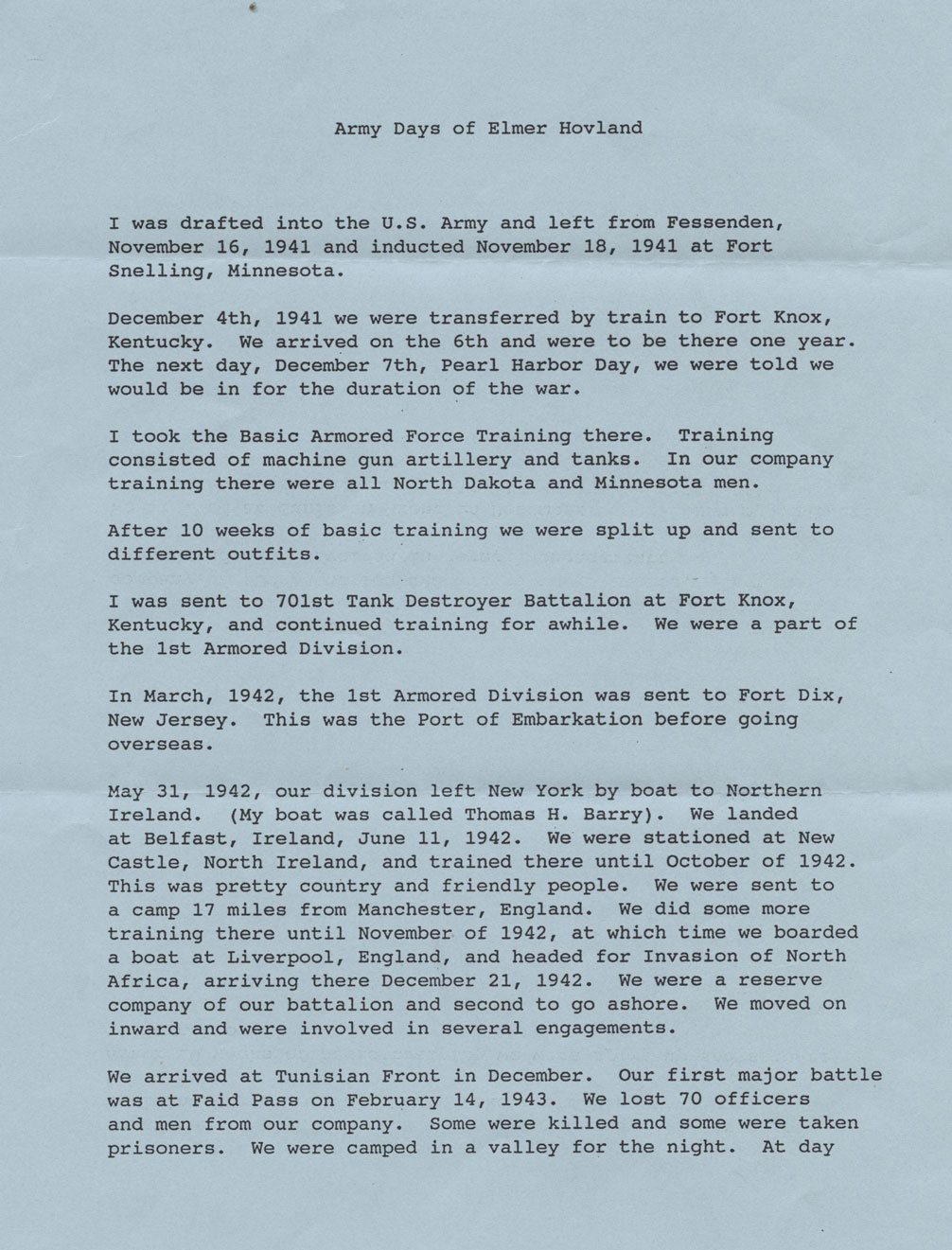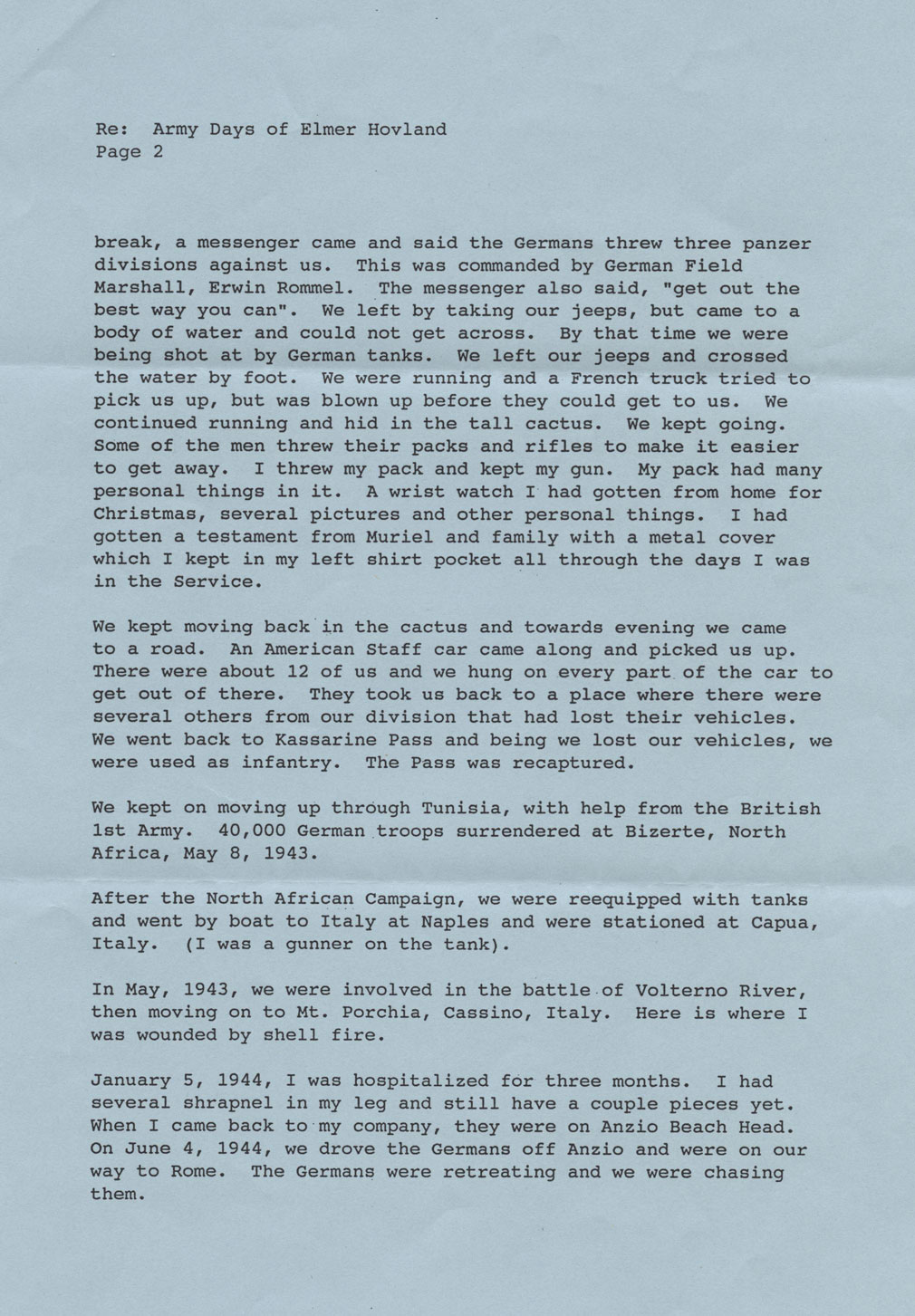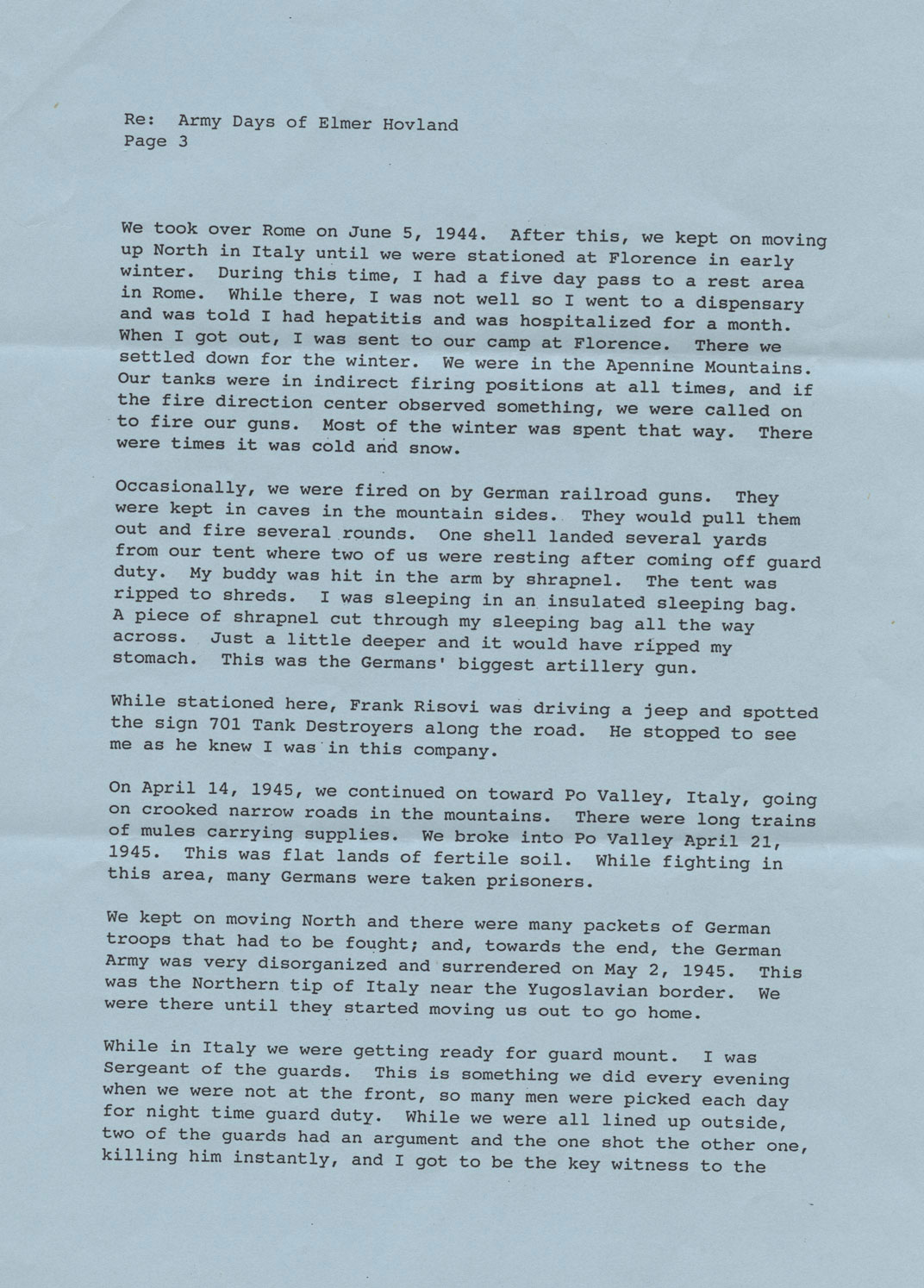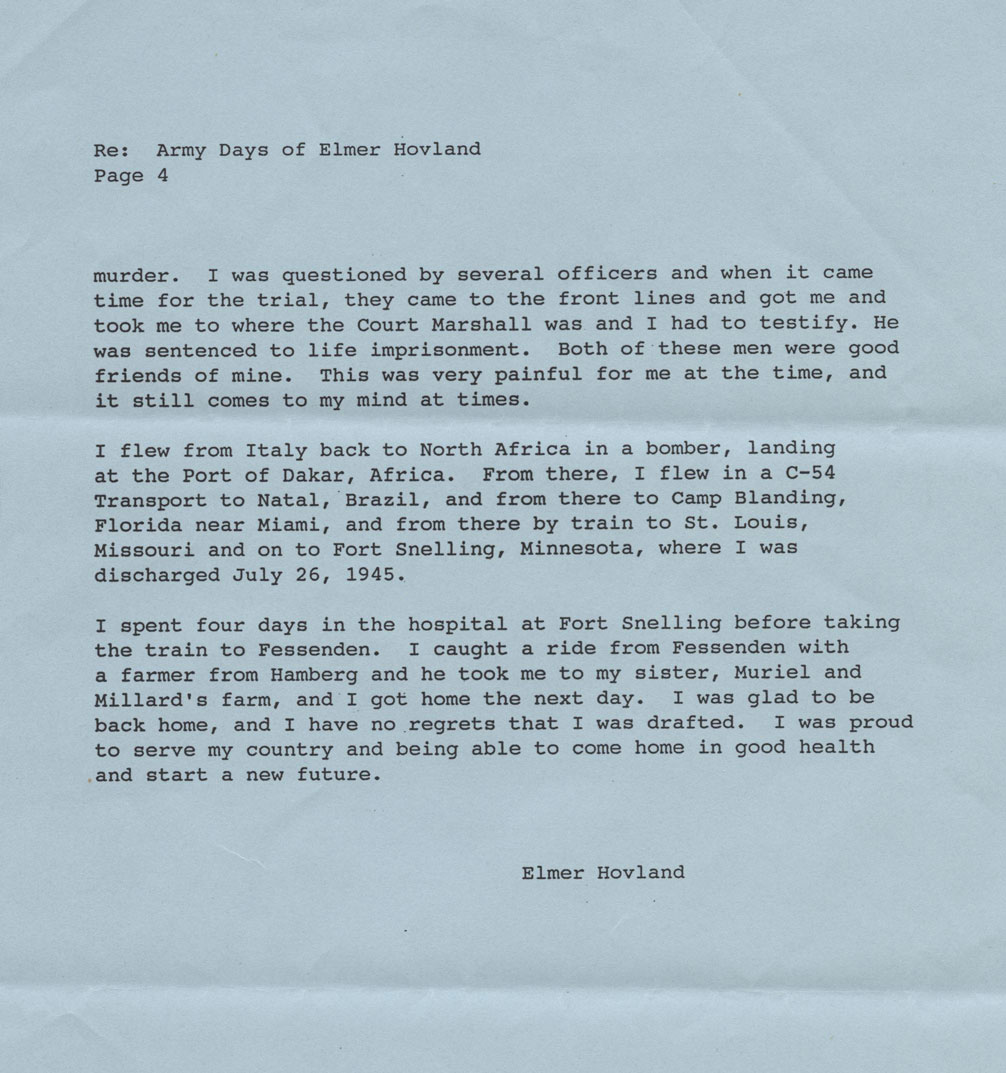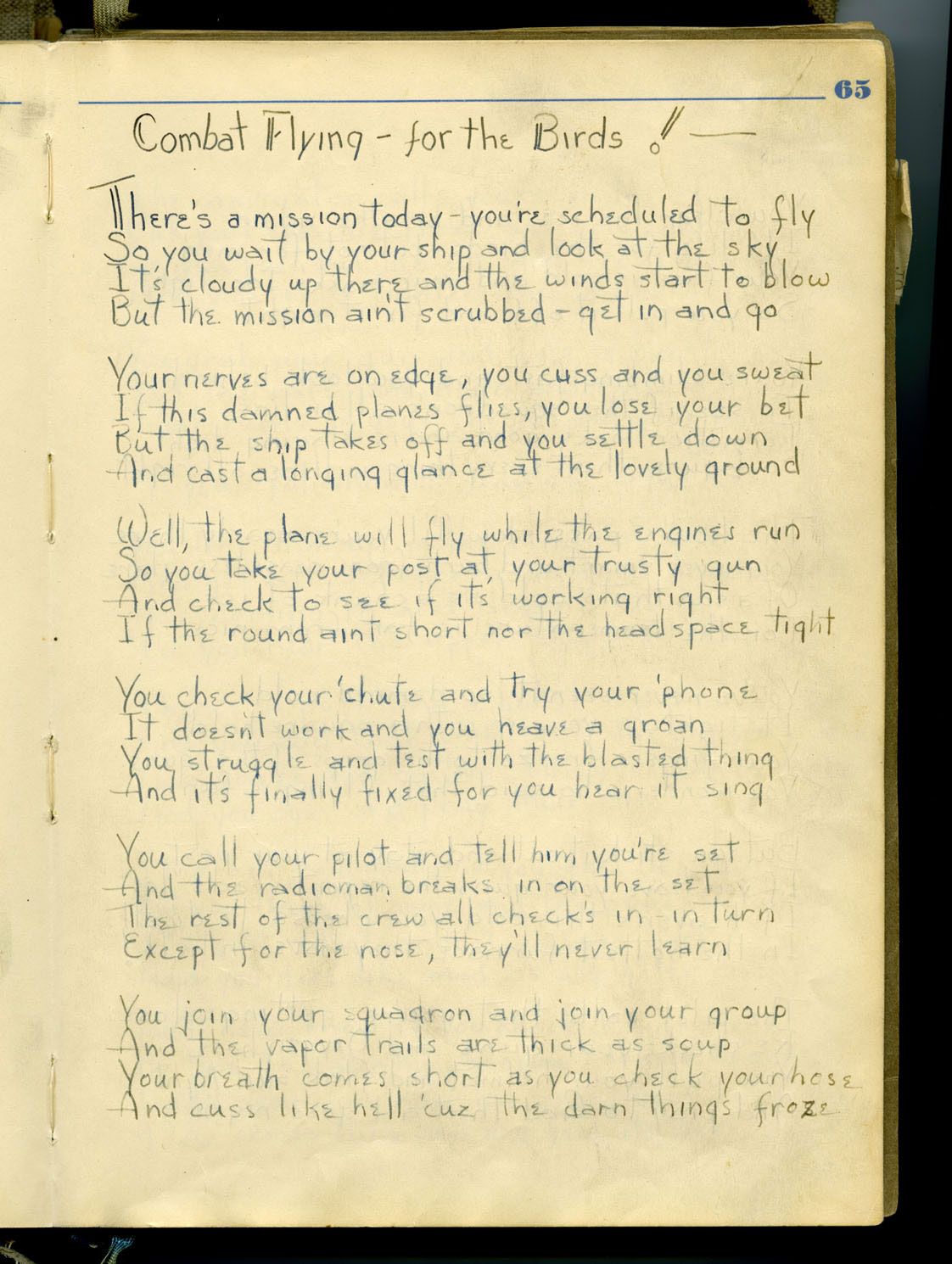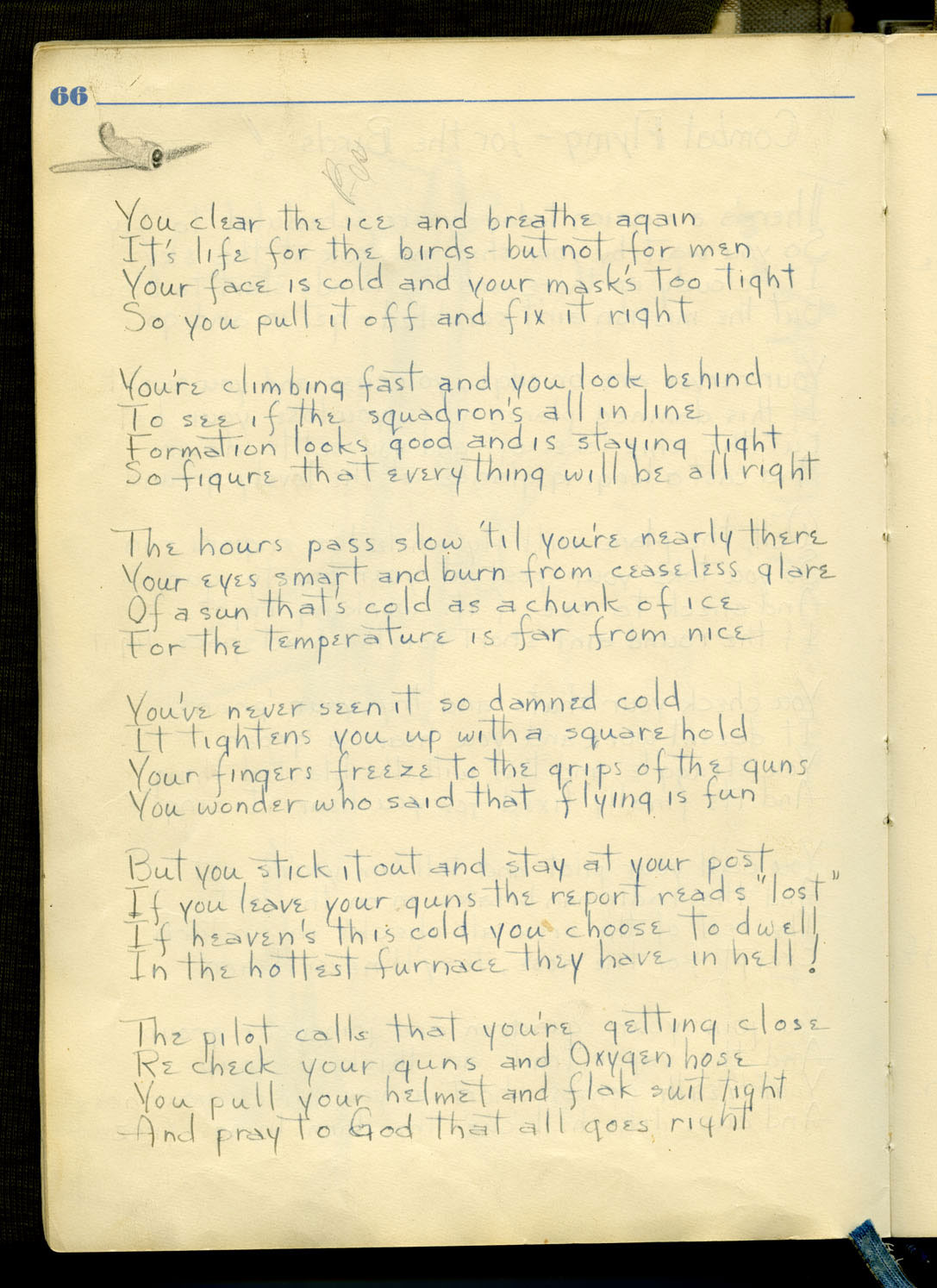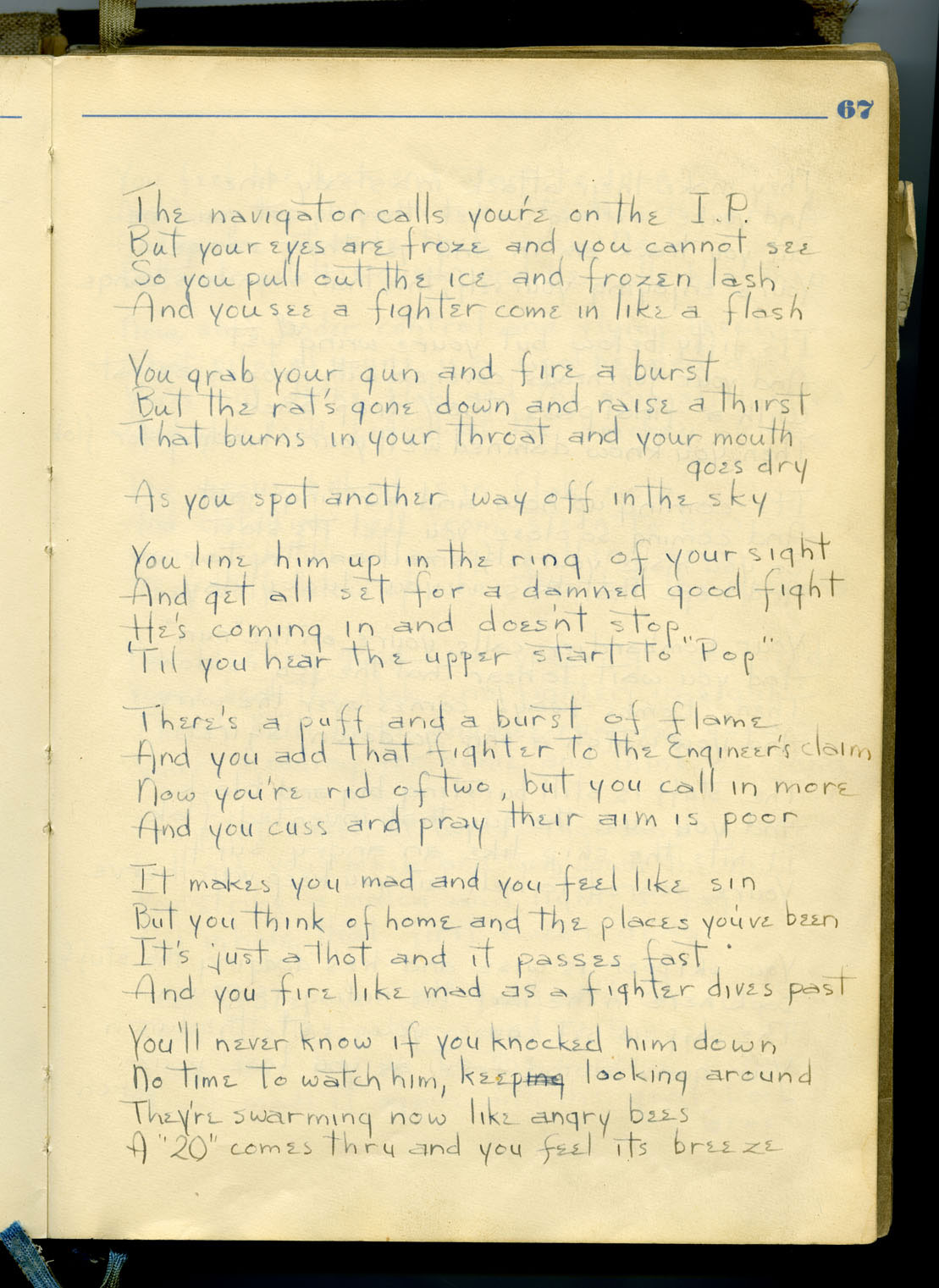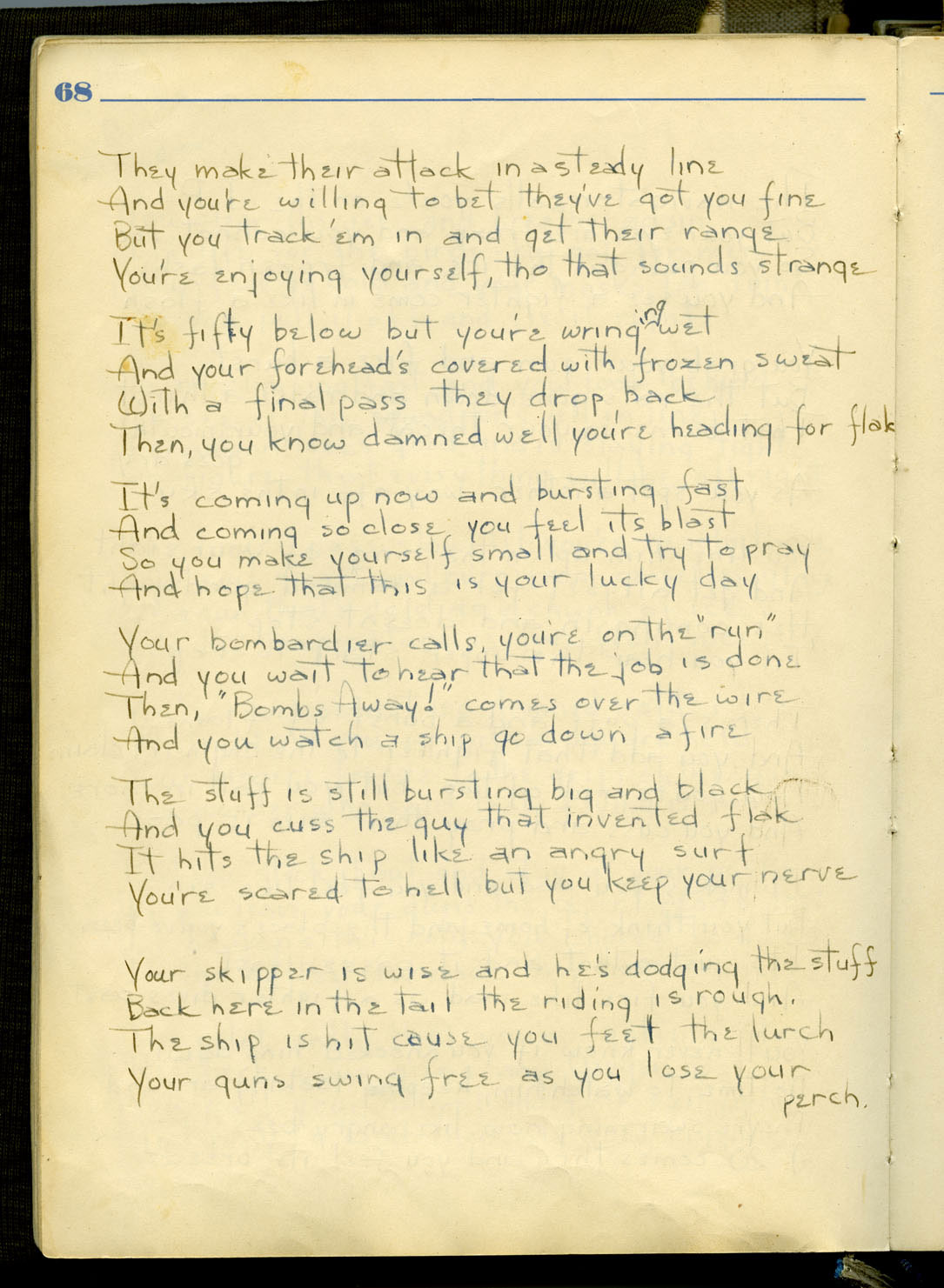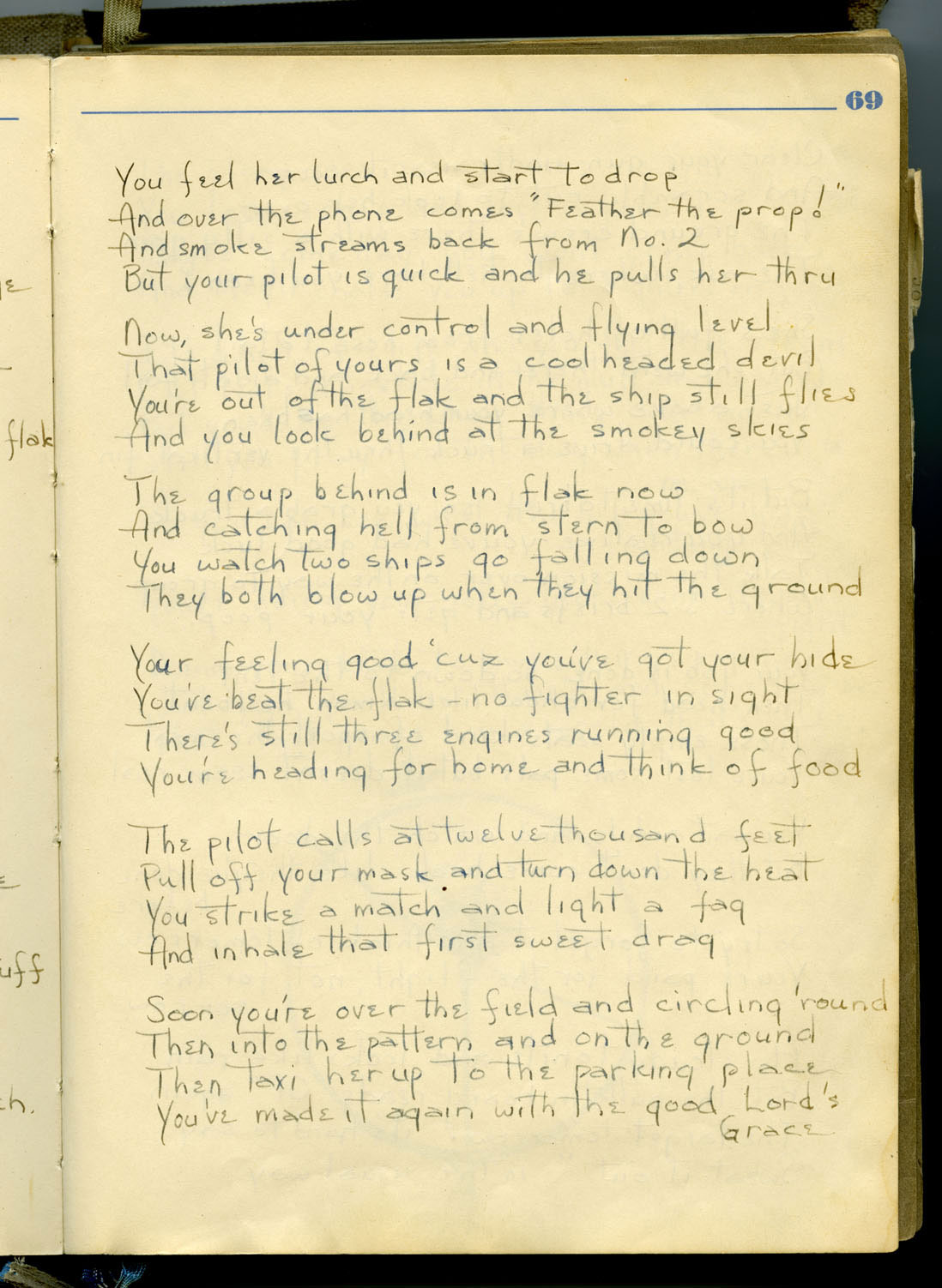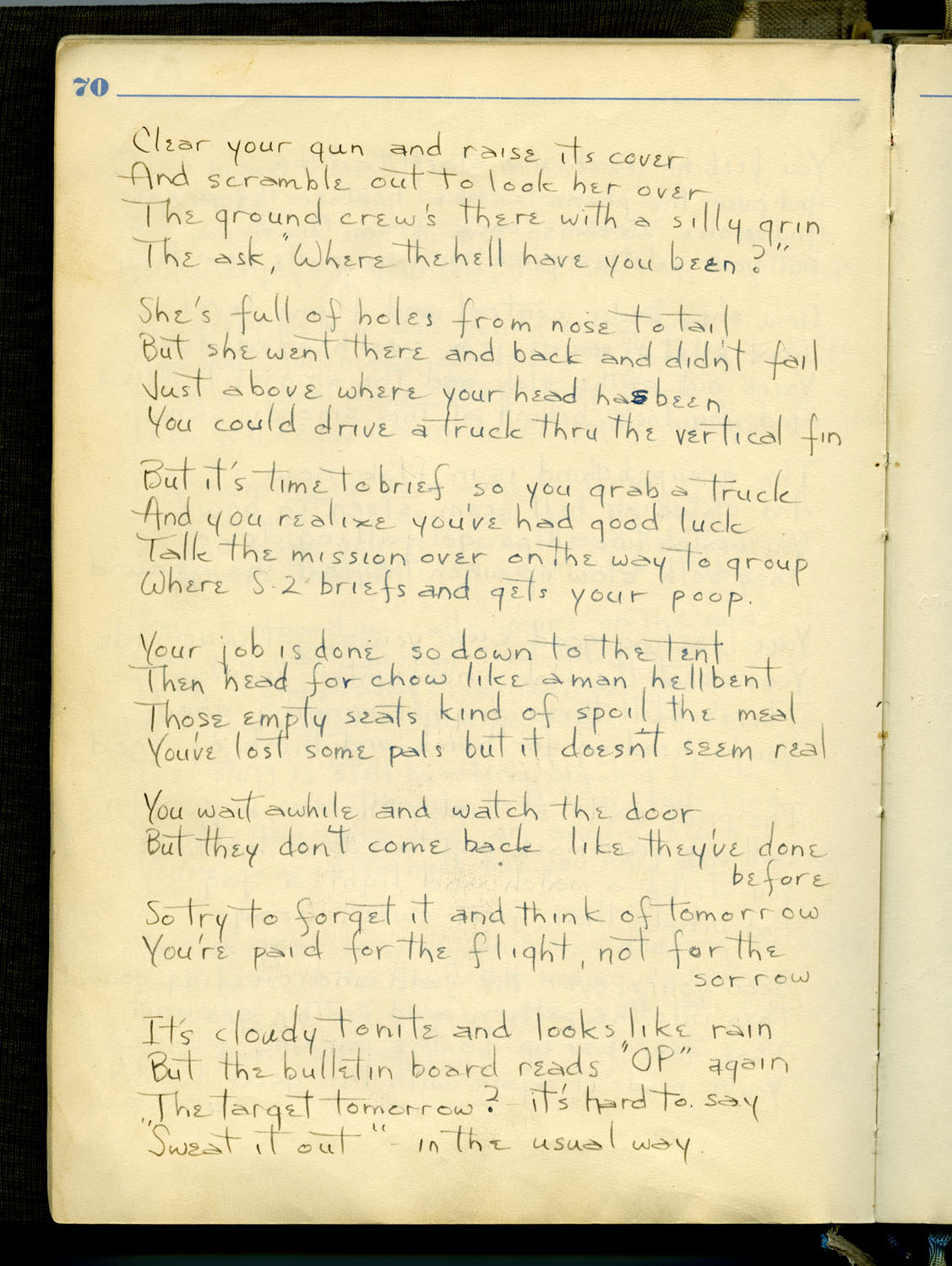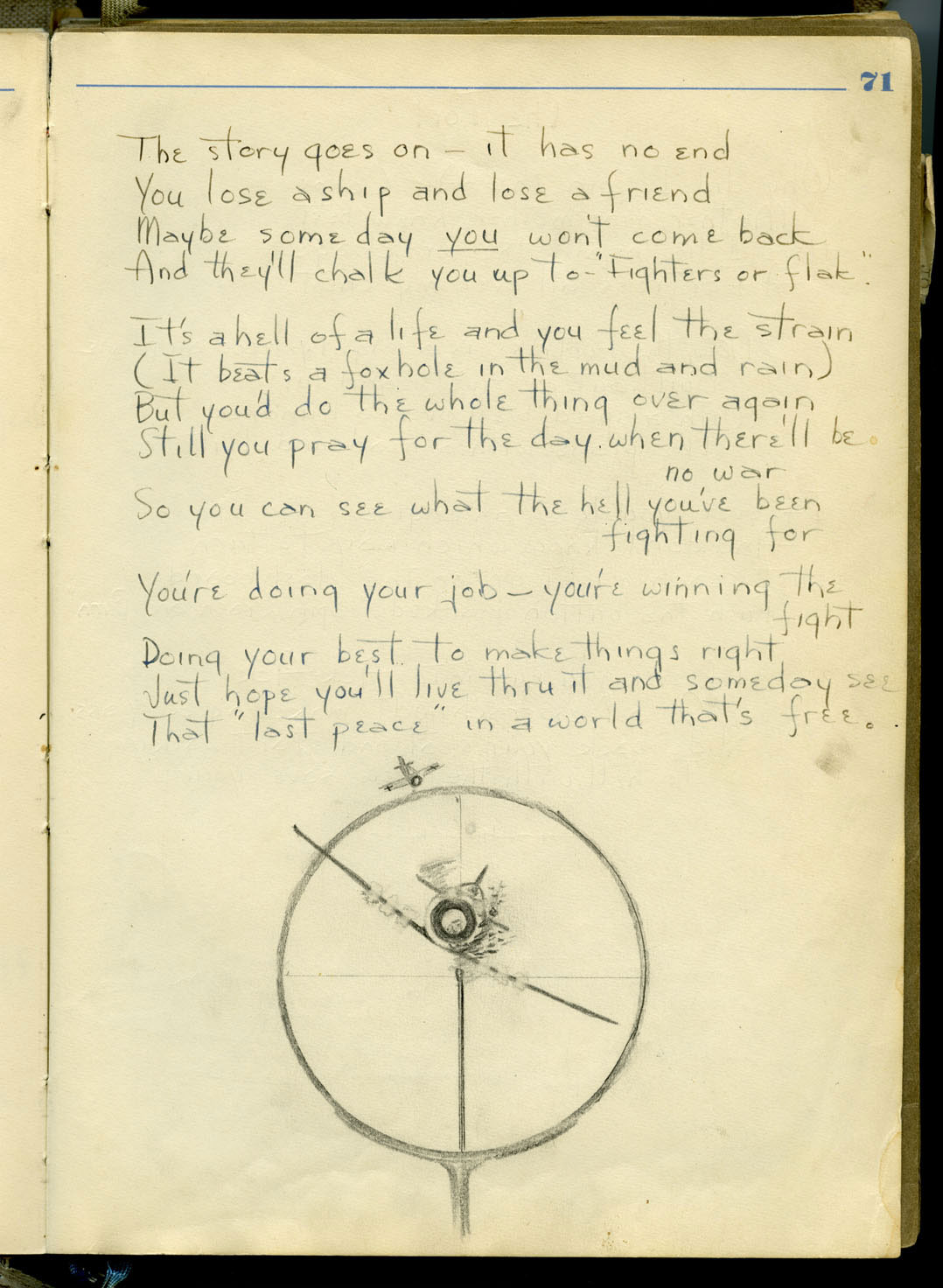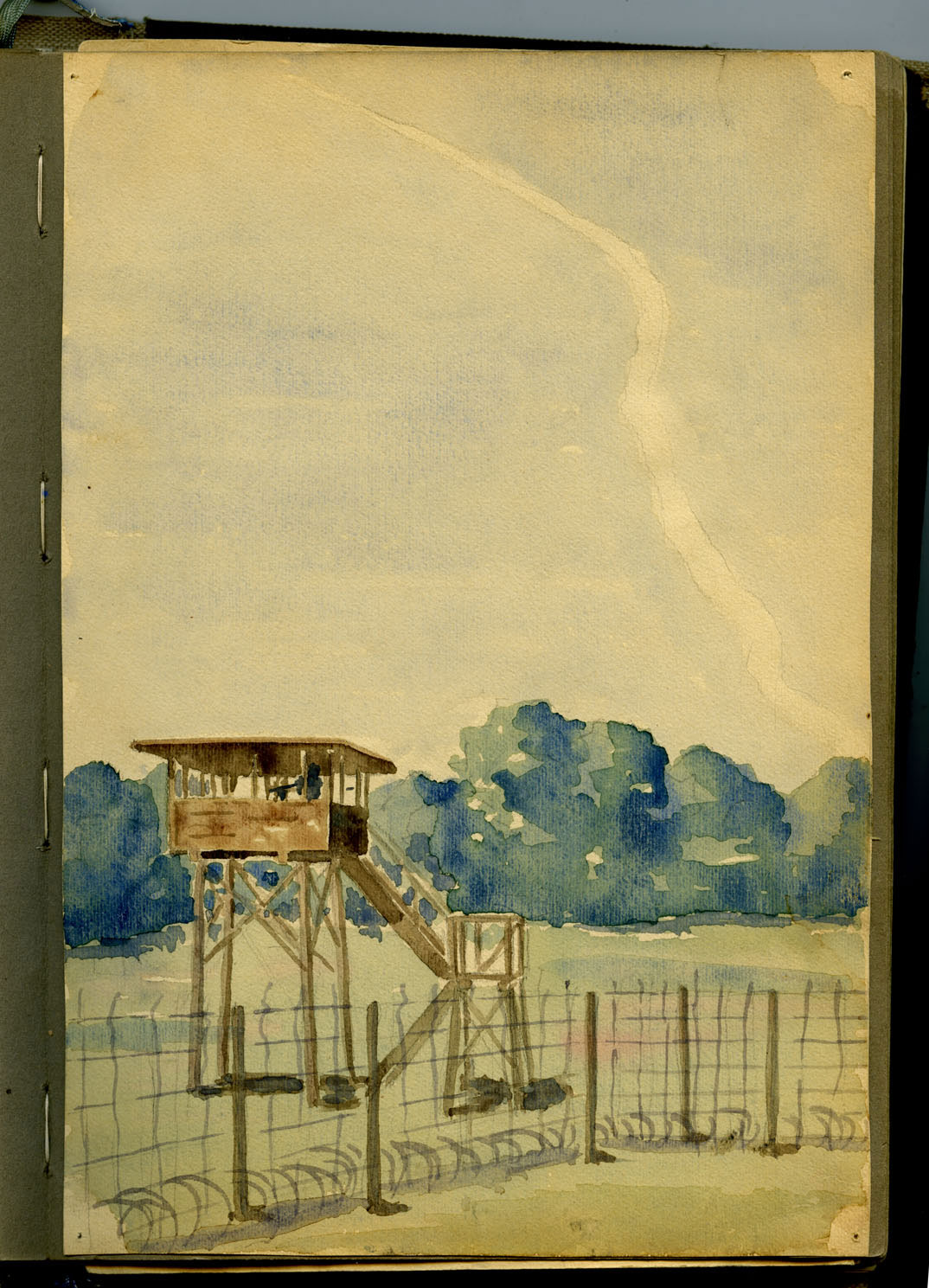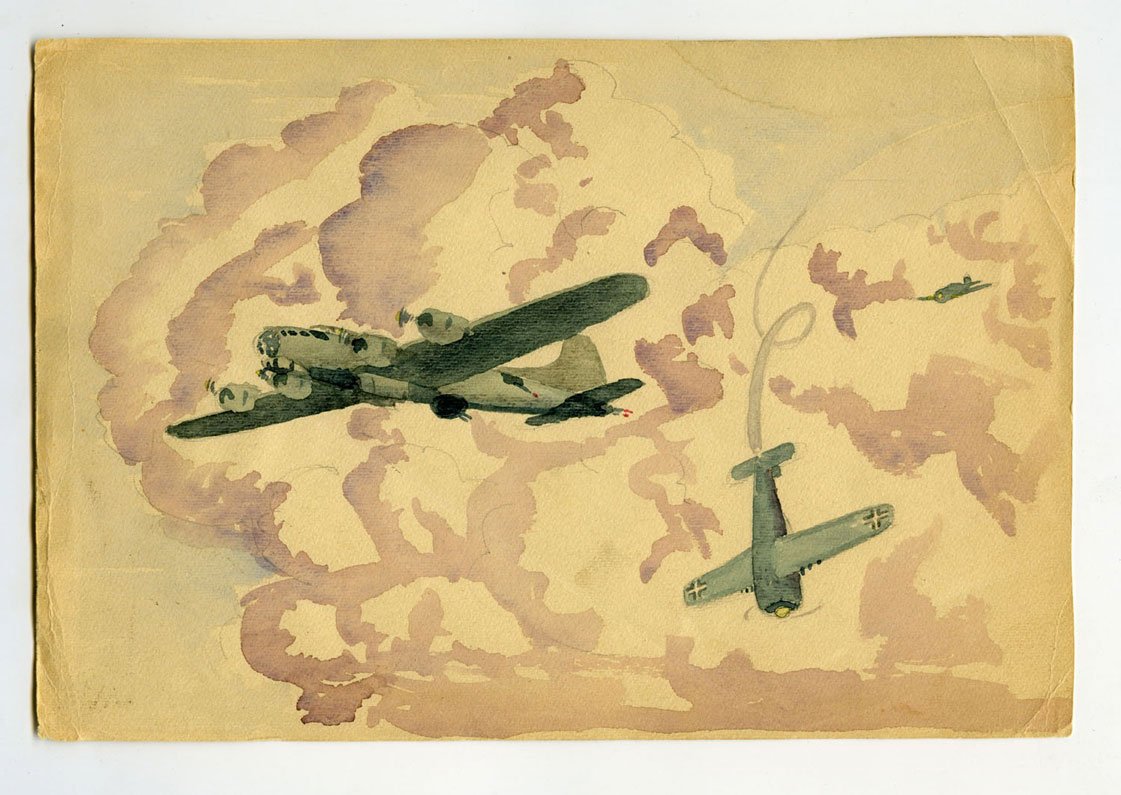World War II (1941-1945)
While the United States was struggling to recover from the Great Depression and drought, the nations of Europe were looking to fascist political leaders who promised a stronger, prouder nation. Fascists believe in a strong military, national expansion, and a strong central government. Fascist governments may have the appearance of a democracy, but the leader usually has dictatorial powers which are supported by the military.
During World War I (1914-1918), Italy allied with Great Britain, France, and the United States to defeat Germany. However, fascism took hold in in Italy’s post-war turmoil. In 1921, fascist Benito Mussolini, rose to power in Italy. During World War II, Italy formed an alliance with Germany.
World War I had destroyed the landscape and the economy of Germany. Germany was required by treaty to repay France, Great Britain, Russia and the United States for the costs of waging World War I. With a shattered economy, Germany could not meet these payments. By the early 1930s, many Germans were following the fascist Adolf Hitler, the leader of the National Socialist Party (the Nazi Party). In 1933, Hitler was elected chancellor of Germany. Hitler fanatically believed in the superiority of the Aryan (white) “race.” He believed, and convinced many other Germans to believe, that all Jews, Rom (Gypsies), and homosexuals were enemies of the German people. While forcing Jews and Rom into concentration camps, Germany expanded into eastern Europe and then into France. In 1939, Britain and France declared war on Germany.
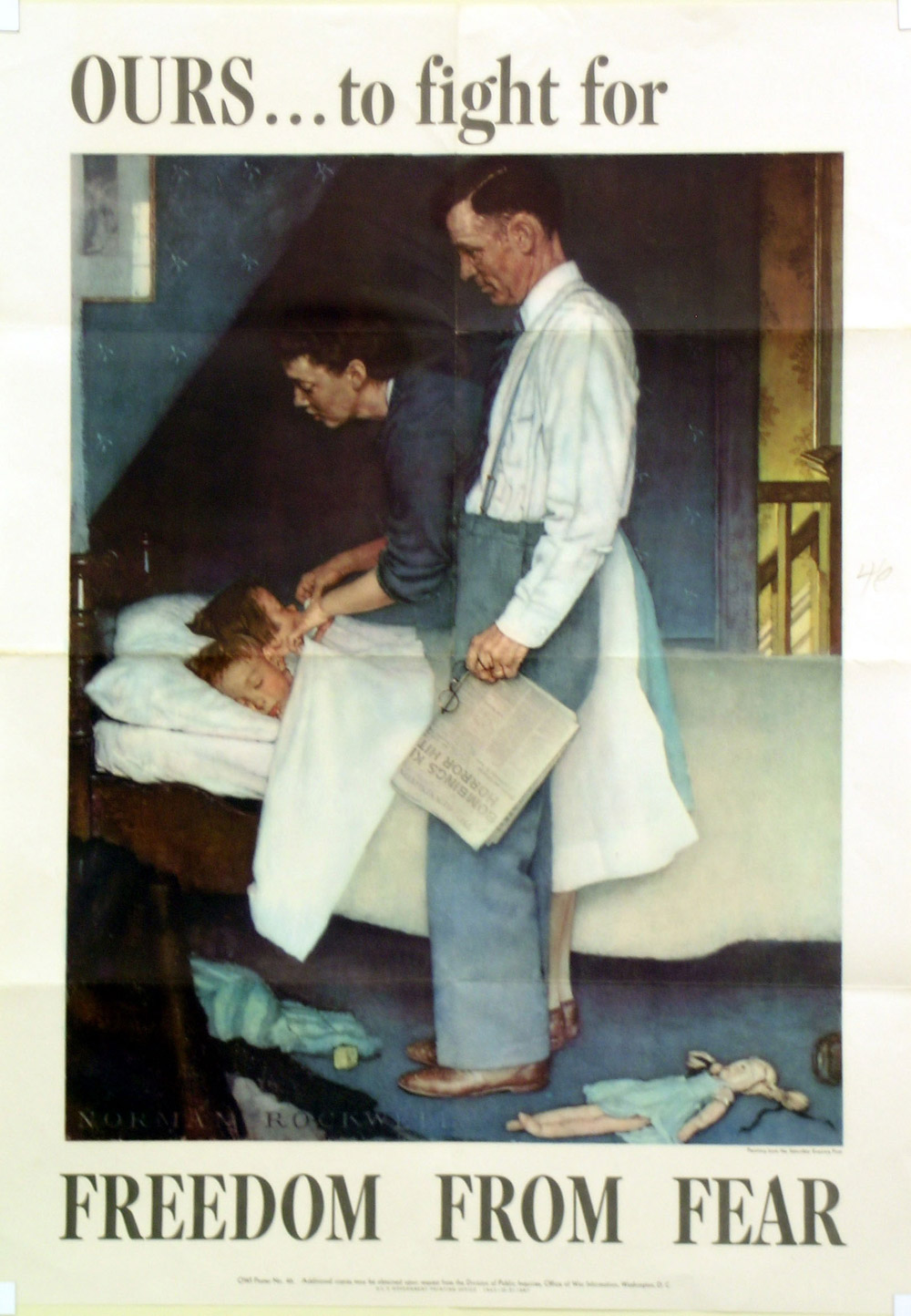
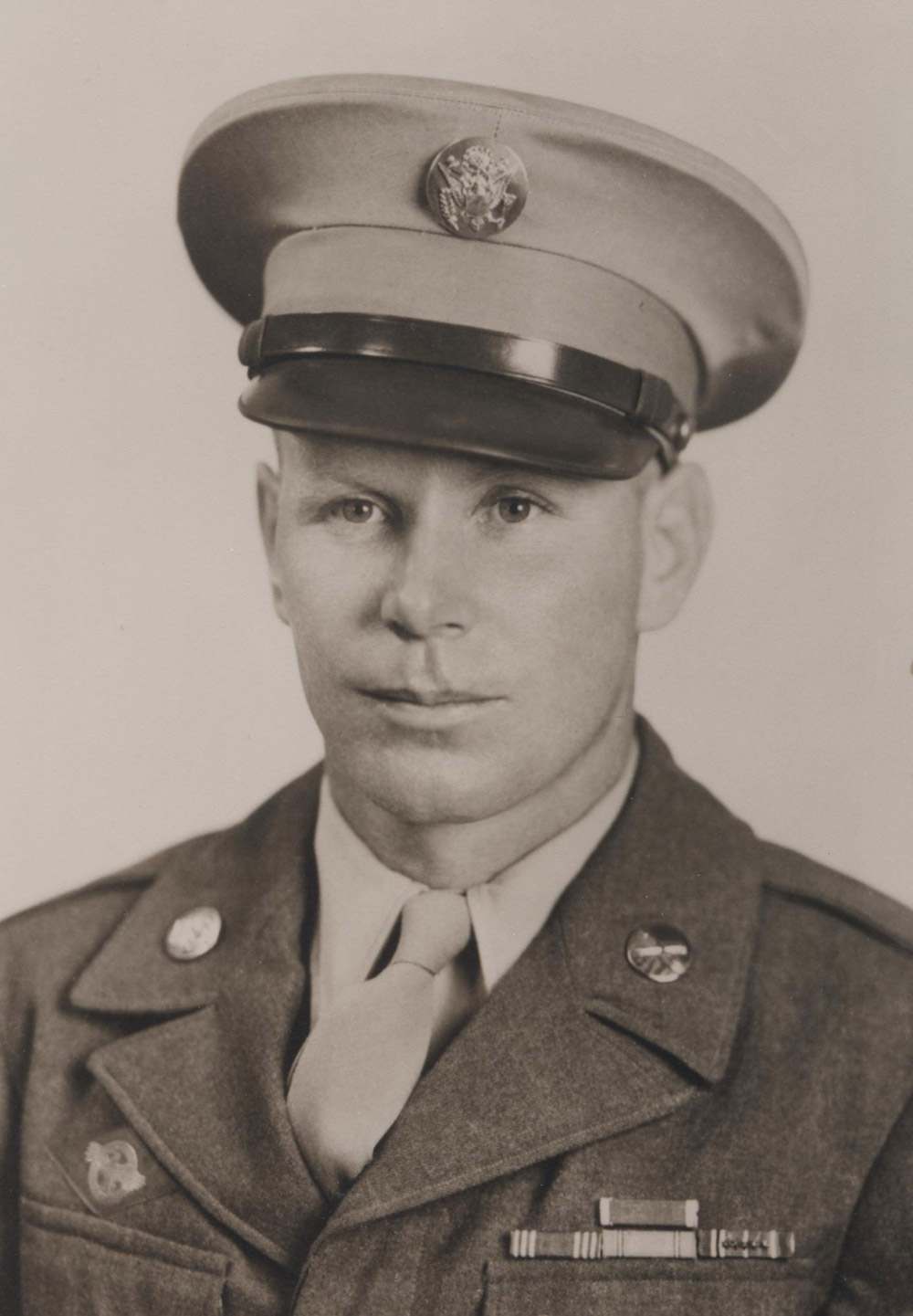
The United States tried to remain neutral. Britain and France needed financial and military help, but the United States was not yet ready to enter the war. Most Americans favored neutrality in the 1930s, but President Franklin Roosevelt knew that the United States would eventually enter the war and made military preparations for that day. (See Image 1)
However, there was another threat to peace. Japan had built up its military arsenal and was expanding in Asia. In 1937, Japan invaded China. The United States offered some help to China, but did not enter the Asian war.
On December 7, 1941, Japanese planes attacked the U.S. Navy fleet at Pearl Harbor in Hawaii. Japanese planes destroyed 19 ships, 188 planes, and killed more than 2,000 American servicemen. The following day, Congress declared war on Japan. Three days later, Germany and Italy, Japan’s allies, declared war on the United States.
North Dakotans responded to the war by enlisting in the armed services, volunteering with the Red Cross, and purchasing war bonds (See Image 2). More than 58,000 North Dakotans enlisted in the Army, Navy, Marines, or the Coast Guard. (See Document 1) They served in Europe, Africa, and in the Pacific. The war claimed the lives of 1,939 North Dakotans. (See Document 2)
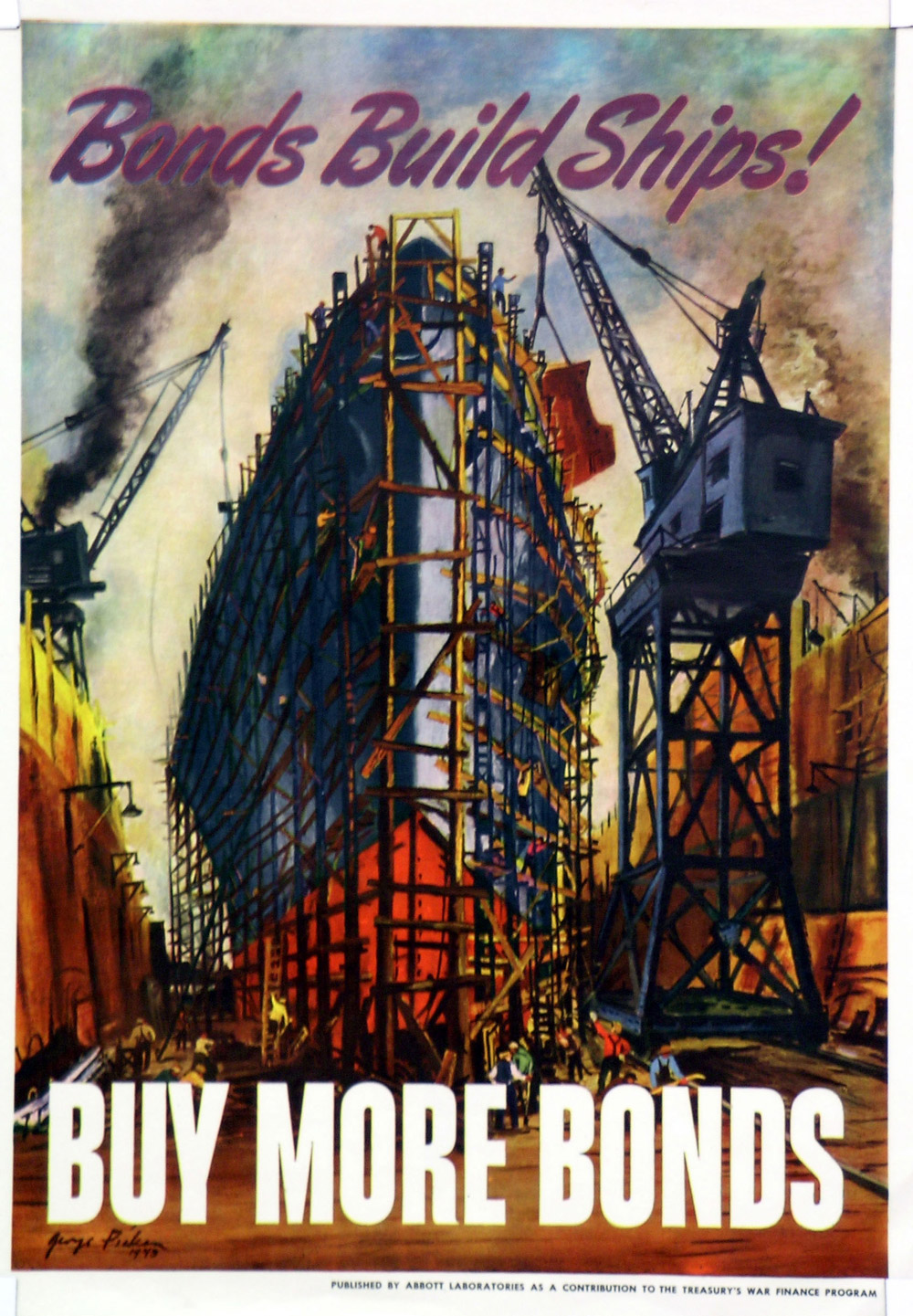
War bonds were issued by the federal government as a way to pay for the war. People bought the bonds for as little as $18.75. (See Image 3) Ten years later, the government paid the bondholder $25 for each bond. Those who bought bonds were investing in the government of the United States. Purchasing bonds was considered a very patriotic thing to do.
In 1941, Fort LincolnMany of the German citizens who were interned at Fort Lincoln were employed by merchant ships. The ships were in U.S. ports when Germany declared war. The men, many of them Nazis, were detained and placed in internment camps like Fort Lincoln. All Japanese Americans, both citizens and non-citizens, were detained during World War II and sent to internment camps in several different states. For more on the Japanese American experience at Fort Lincoln see “The Internment Diary of Toyojiro Suzuki” http://history.nd.gov/textbook/unit6_3_intro.html in Bismarck became an internment camp for German citizens who were in the United States when Germany declared war on the U.S. For a few months, Japanese American men were also interned at Fort Lincoln.
On the home front, North Dakotans saved metal (to build ships and tanks), fats from meat (for bombs), and tires. They purchased food, clothing, and gasoline with ration tickets. Some women left their children with their grandmothers and went to cities in other states to work in war industries. The war ended in 1945 after Germany, Italy, and Japan surrendered to the Allies. In North Dakota, everyone had done their part to bring the war to a successful conclusion.
Why is this important? During World War II, the people of the United States knew exactly why they were called upon to fight and support the war. Before the war, in the 1930s and 1940s, Japan and Germany were expansive, brutal, and threatened the well-being of the United States. Although the United States fought several more wars in the 20th century, the nation did not feel as united in the cause of war as they were during World War II.
Gerald Nye, North Dakota Isolationist
Throughout our history, many Americans have believed that the United States should stay out of wars in other parts of the world. This idea is called isolationism (eye so LAY shun izm). This idea may have come from George Washington’s farewell address. Washington advised the United States to remain neutral in European conflicts. “Why,” he asked, “. . . entangle our peace and prosperity in the toils of European ambition [rivalry]?” The United States was isolated on its own continent and prosperous with rich agricultural soils, minerals, and necessary manufactures. Why get into others’ arguments over land or ancient rivalries?
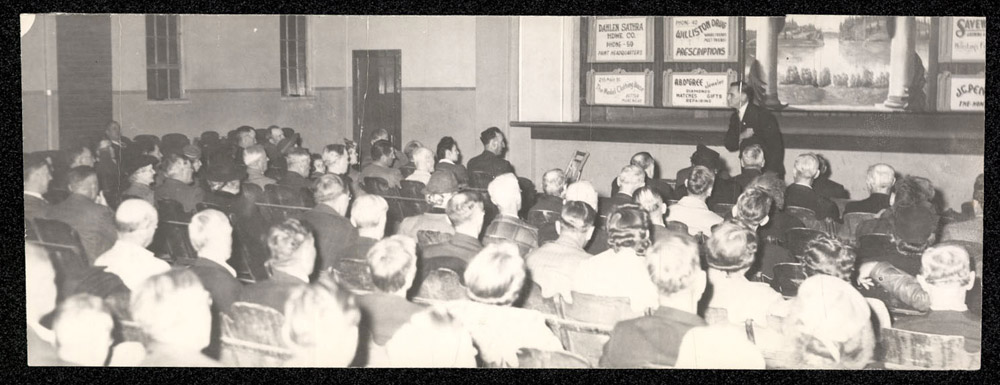
Senator Gerald NyeGerald Nye was born in Wisconsin in 1892 and moved to North Dakota in 1915. He was editor and publisher of newspapers in Cooperstown and Fryburg before he was appointed in 1925 to the U. S. Senate seat of Senator Edwin Ladd who died in office. He was elected to the Senate in his own right in 1926 and was re-elected in 1932 and 1938. He ran for Senate again in 1944, but was not re-elected. He died in 1971. of North Dakota became the foremost leader of isolationism in the United States before World War II (1941-1945). In the 1930s, he formed a Senate committee to investigate the munitions (war materiel) industry. Nye suspected that companies that make weapons and ammunition actively promoted the entry of the United States into World War I (1917-1918). That war had been so bloody and destructive that no one wanted to see another war like that again. Nye and his committee had strong support from the American people. Nye’s proposed solution was to nationalize (have the government control) the munitions industry, an idea that was not acceptable to very many Americans who believed in a capitalist economy.
As the war became more intense in Europe, Nye spoke out against American participation in the war. (See Image 4.) He often spoke to meetings of the America First Committee which opposed war. His speeches were carried by radio to stations all over the United States. Nye told the America First Committee that President Franklin Roosevelt was leading the U.S. into war.
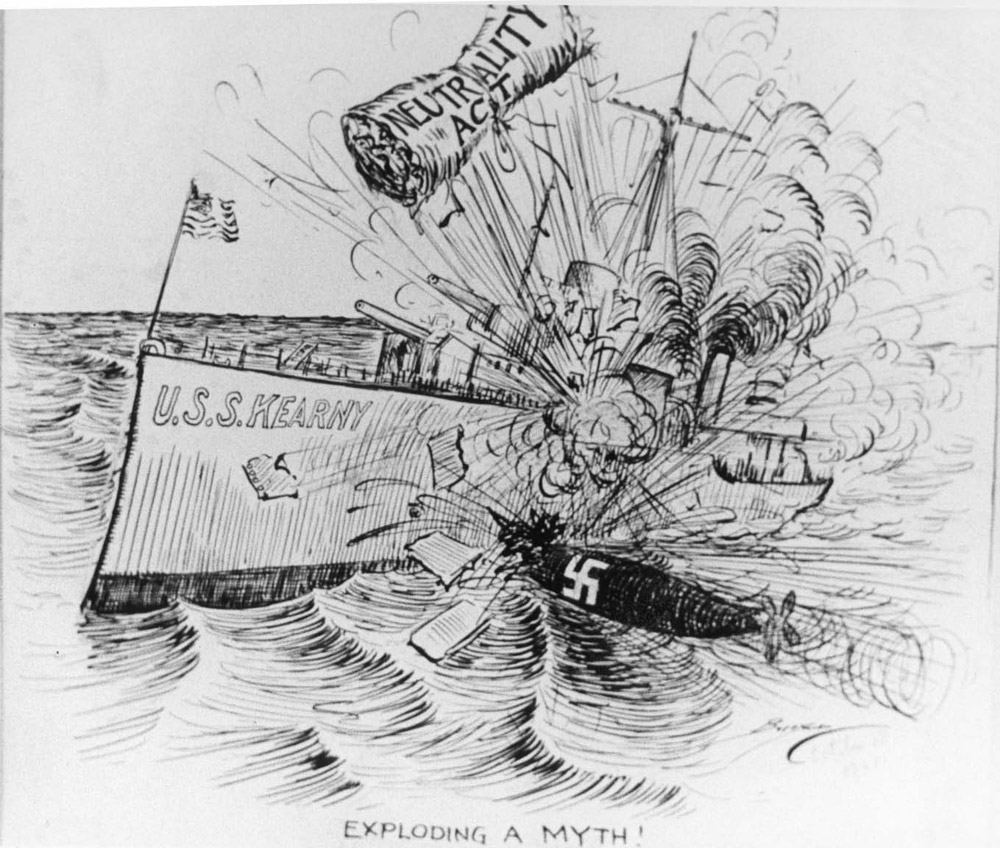
Nye was a Republican, and Roosevelt was a Democrat, but Nye did not worry about the differences in their political party positions. Nye supported Roosevelt’s New Deal programs to end the Depression and held Progressive ideas on many issues such as child labor. (See Image 5.) However, Nye knew that if the United States entered the war in Europe, the U.S. would have to form an alliance with the Soviet Union and its deceptive and untrustworthy leader, Joseph Stalin. Nye considered this alliance to be dangerous for the United States.
Nye made a speech to the Philadelphia America First Committee meeting on December 7, 1941. Just before he spoke, he was told that the Japanese had bombed Pearl Harbor. He refused to believe it and proceeded to deliver his anti-war speech. When he was done, he was told that the information about Pearl Harbor had been confirmed. Nye was quite shaken by the news. The next day, Nye joined all of his colleagues in the Senate in approving the declaration of war on Japan.
Although isolationism had strong support in North Dakota, the people of North Dakota supported the war effort. Even though North Dakota was recovering from a long and devastating depression, North Dakotans enlisted in the military services, worked for the Red Cross, and bought $397,000,000 worth of war bonds.
Why is this important? In a democracy that treasures and protects freedom of speech, we can expect to find people expressing a great range of ideas. The discussion of ideas helps the nation make good decisions about policy and important events such as war. Senator Nye’s isolationist ideas were quite popular, and he had many followers in North Dakota and around the United States. However, after the United States was attacked by Japan, isolationism was no longer a practical idea. The United States had to respond to the attack with military action.
American Indians in World War II
American Indian men and women served in the military during World War II. They served in combat and in support systems. Women worked as nurses. The Three Affiliated Tribes (Mandans, Hidatsas, and Arikaras) sent 250 men and women into military service in World War II. Six of them died in the service.
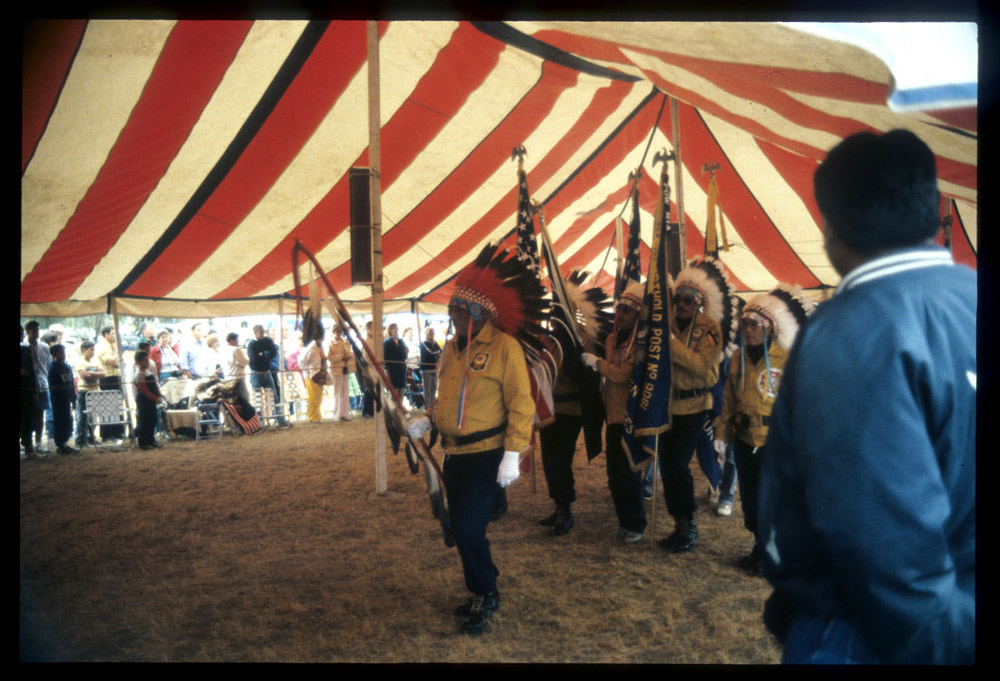
During the war, women of the Three Affiliated Tribes took over the farms and ranches. Women were successful in increasing agricultural production during the war. When soldiers returned, they came home to well-maintained farms and ranches.
American Indian soldiers brought home new ideas and experiences. They had been in the Army or other branches of the service with men from all over the United States. Many had been to Europe or to the Pacific. They put their experiences to work for the betterment of the tribes. (See Image 6.)
Lakotas from Standing Rock also entered the Armed Services. (See Document 3.) In addition, many Lakotas were chosen to serve as “code talkers.” Using a code based on their native language, they were able to send information from one military unit to another by radio without having the information intercepted by enemy troops. Because they were sworn to silence about their service, few people knew about the special contribution of Lakotas to the war effort. Recently, however, the federal government has recognized the service of the Lakota code talkers with a Congressional Gold Medal. John Bear King of the Standing Rock Sioux Tribe and Guy Rondell of the Sisseton-Wahpeton Sioux Tribe are among the Lakota veterans honored for their work as code talkers. Unfortunately, both men had died before receiving the honor.American Indian soldiers of many tribes, including Lakotas, served as code talkers during both World War I (1917-1918) and World War II.
Document 3. Pat McLaughlin
Pat McLaughlin was born at Chief Mad Bear's Camp on the Standing Rock Reservation in 1921. He graduated from Wakpala High School in 1941. He rode the rodeo circuit for a few months before he enlisted, with several of his friends, in the Army. (See Image 7)
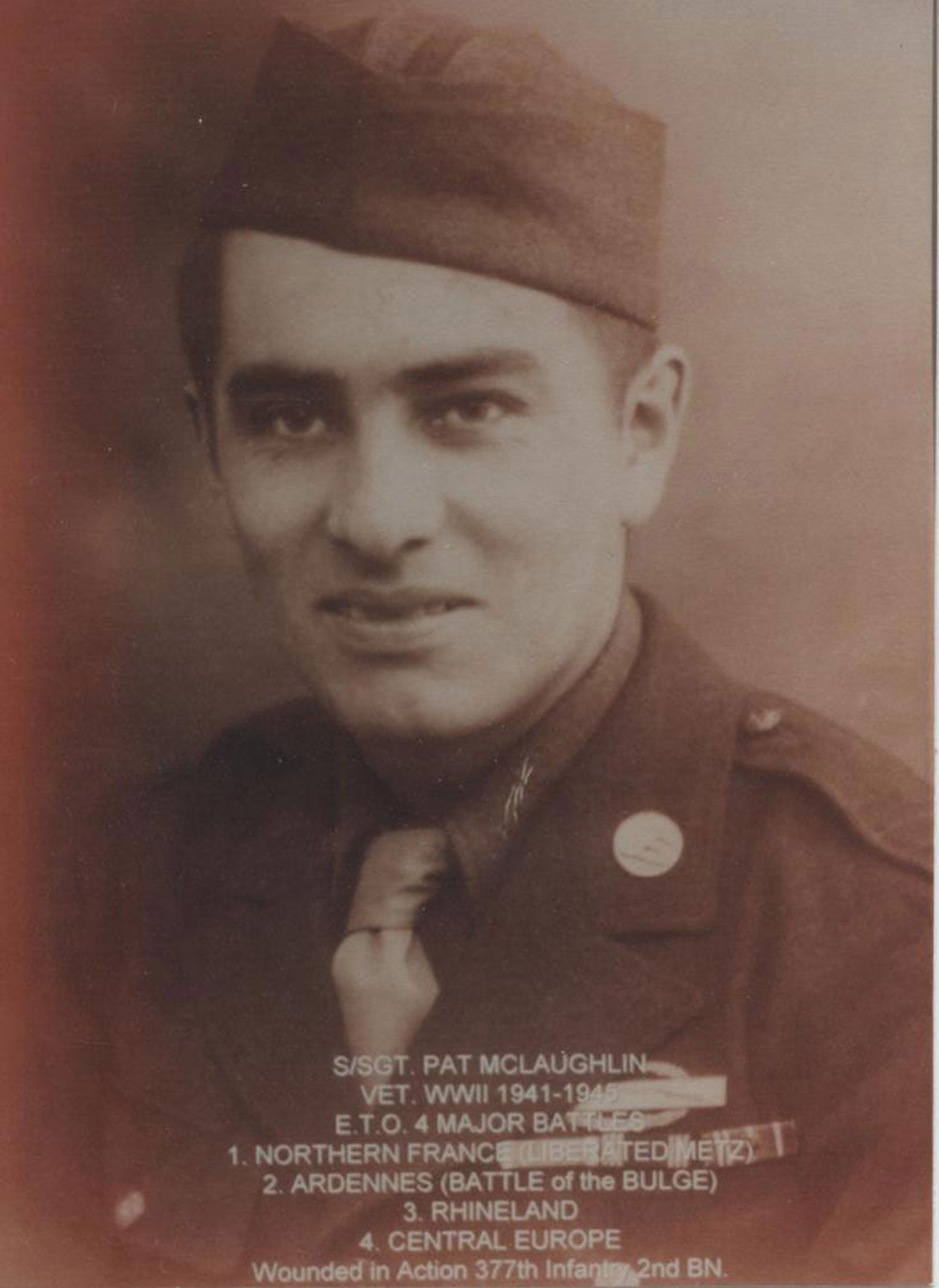
McLaughlin served in Europe under the leadership of General Patton, whom he referred to as “blood and gutz.” His duty was in the middle of some very bloody combat including Metz, the Ardennes, and the Rhineland.
The following paragraphs have been taken from his memoir titled “Hold My Hand” which he wrote in 2002. The most remarkable paragraphs in his memoir are about the emotions that war brings out in the soldiers. Following the war, Mr. McLaughlin worked for the Bureau of Indian Affairs and served on the Standing Rock Tribal Council. He was Standing Rock Tribal chair from 1975 to 1979 and from 1981 to 1983. (Source: Hold My Hand: Memories of a Standing Rock Lakota-Dakotah Akicita during his tour of duty during WWII, 2002.)
Page 3:
On the battlefield, death and survival are a short distance apart. The living hell of each battle is an everlasting memory in our minds. Those who were in battle and survived and those who fought and died we mourn for you. For those who fought and survived we applaud you. . . .
In battle either our buddies or someone at least an American soldier, when we came upon him if he fell or got shot or whatever we would try to take them. We didn’t want to leave anyone if they were wounded. We would try to take them and many times they were wounded too severe for us to do any good, but we would try to comfort them and that is the time when they would be calling for their mother or just saying hold my hand and so I would and they would try to talk about their families or something but I knew they would be dying. . .
Page 9:
Pat McLaughlin and three others were trapped in a mine field. Their leader was killed and the four men were trying to find their way out of the mine field.
We knew the mine field was there and just then someone said, “Patty”, and Cab Boy Goudreaux, my cousin, and he’s the only one that ever called me Patty. He said, “Come on over here and bring those guys and stay close to me,” so the four of us . . . got right behind Cab Boy and he led us right through that . . . mine field. He went quite a ways through the woods and everything. Finally, he said, “Your line is right here, you’re in your own territory now – you’ll be okay now.” So I told these guys we would be okay now. I turned around to look and Cab Boy was gone. He must have just faded away in the night. That always bothered me because I never did get a chance to thank him. It kind of bothers me yet. I found out later he had been killed two days before this happened. It has always stuck with me all these years.
Military service as a code talker was very dangerous. Code talkers were on the front lines and under fire. They sometimes served with soldiers who did not understand that American Indians were patriots who were willing to fight for their country. American Indian soldiers often faced racial discrimination from their fellow soldiers. In spite of the danger, American Indian code talkers served their nation honorably.
Why is this important? During World War II, the Armed Services were segregated. This means that African Americans served in separate units under the leadership of white officers. American Indians and Hispanic Americans did not experience the same type of racial segregation in the military. The Army and Marine Corps valued the language skills of American Indian soldiers as well as their combat service. The tribes honor their veterans and are very proud of their contributions to the security of the United States.
Ailsa Simonson
When Ailsa Simonson was just 21, she signed up to participate in a special World War II (1941-1945) Army program. As a small plane pilot, she qualified to join the Women’s Air Service Pilots (WASP). WASPs were trained to fly all kinds of aircraft in a variety of situations. WASPs delivered planes from factories to air bases. They flew with long strips of muslin fabric trailing behind their planes for anti-aircraft gunners to shoot in training. The work was dangerous, but also exciting for a young woman like Ailsa Simonson.
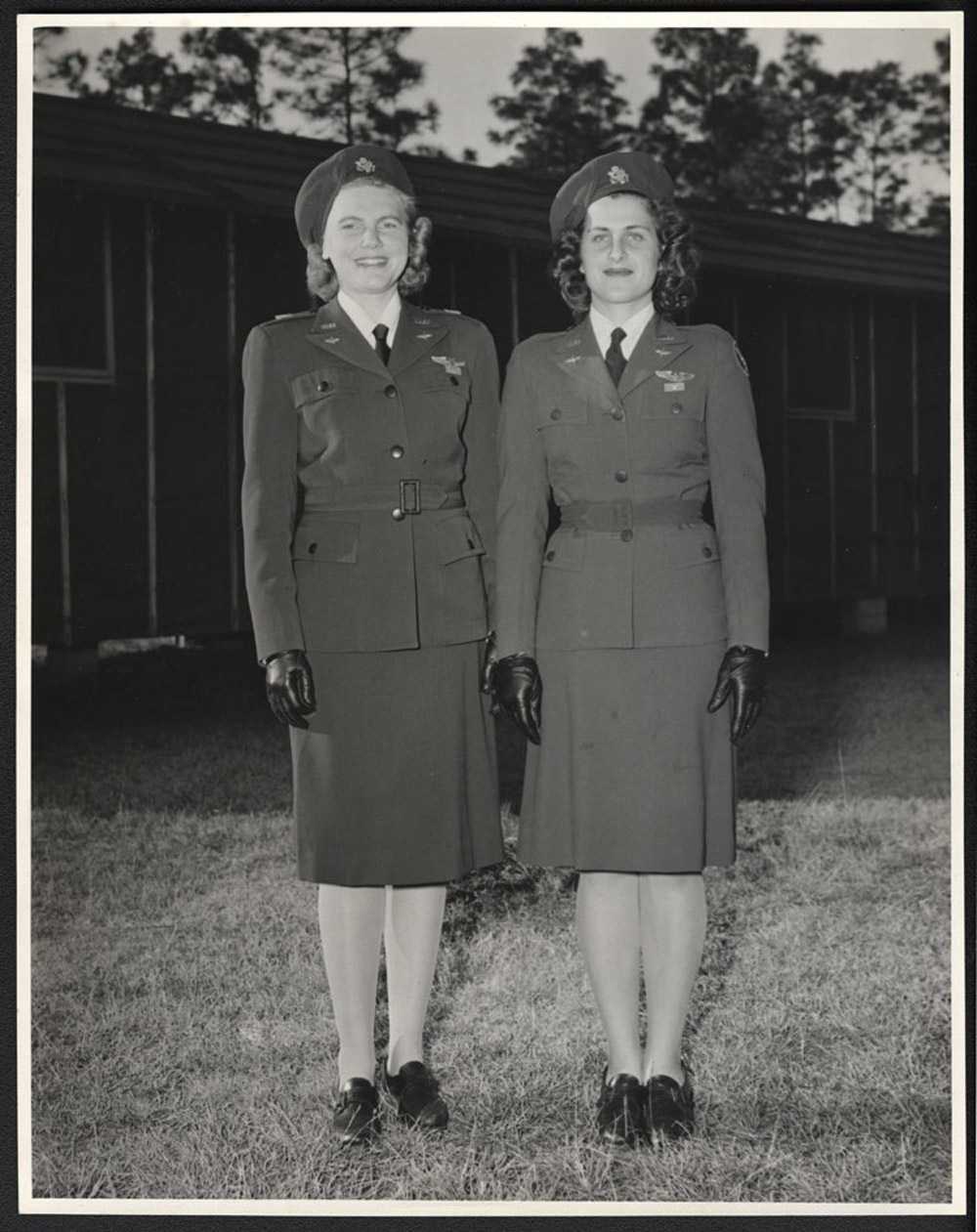
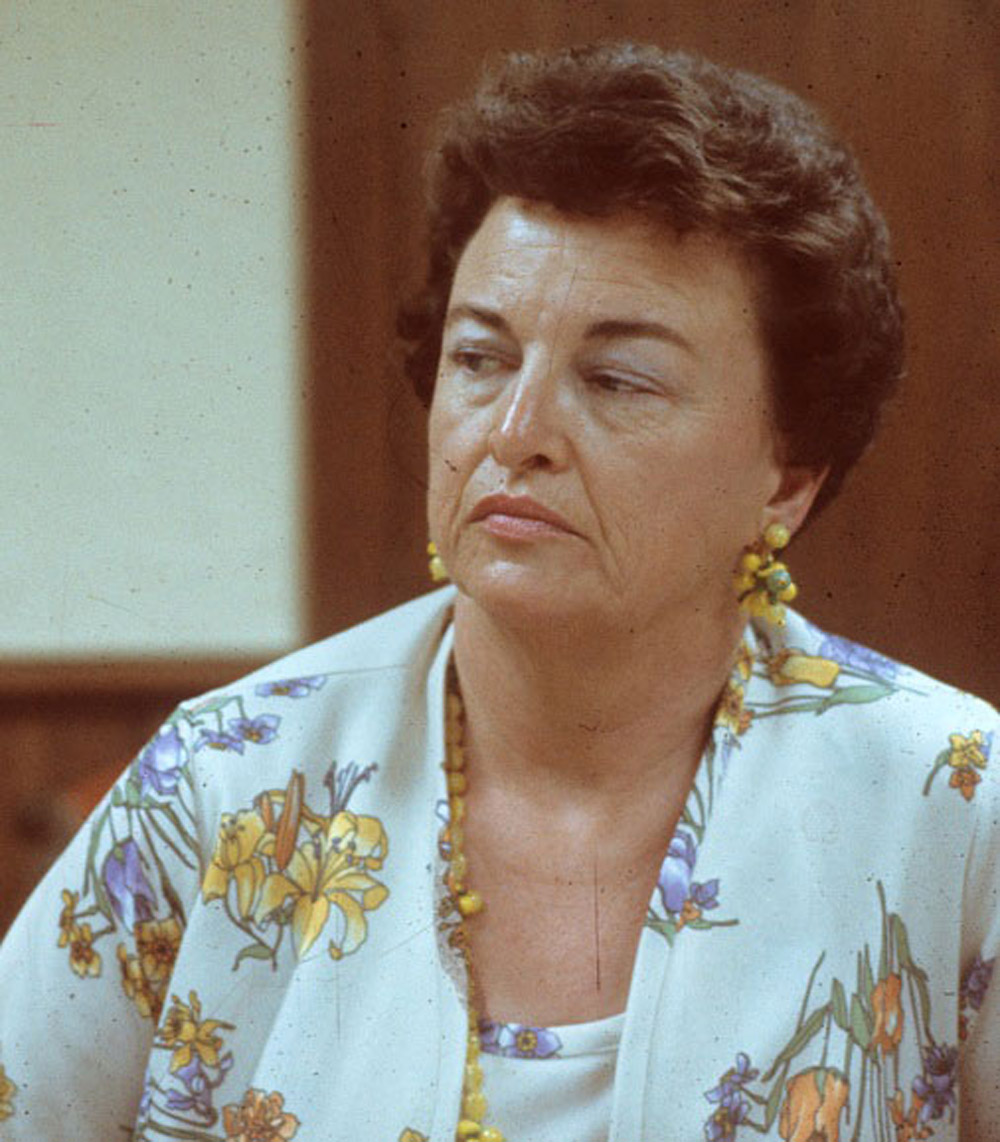
Simonson’s husband enlisted when World War II started. He was a tail gunner in an airplane. After his unit was sent to Burma in southeast Asia, Ailsa joined the WASP program. She reported for training at Avenger Field in Sweetwater, Texas.
WASP training was very tough. The women had to fly every kind of aircraft. Sometimes the planes were not in good condition, but they had to learn how to manage a damaged plane. Some women were killed when the planes did not function well. The women lived under military discipline, but were not in the military. They took orders from male instructors who sometimes did not respect the women and the important work they were doing.
WASPs had snappy blue uniforms, but their flight suits were made for men. (See Image 8.) The women belted the suits and rolled up the cuffs and the sleeves to try to be comfortable in flight. After a flight and before they got out of their planes, they were ordered to tidy up their hair and put on lipstick. They were to maintain a feminine appearance at all times. Simonson said that WASPs felt that all the women of the United States were watching them and wanted to see what women could do in the war effort.
Ailsa flew Thunderbolt (P-47) jets and the B-17 Flying Fortress. Some instructors said that women pilots flew the huge B-17 more effectively than men did because they had a gentler touch with the controls.
More than 1,100 women joined the WASP program. Thirty-eight died in service. Because they were not militarized, they did not receive military funerals and their families were responsible for the costs of returning their remains to their homes. Finally, in 1977, WASPs were given military status and were able to receive veterans’ benefits including healthcare. In 2010, the surviving WASPs were recognized for their wartime contributions with the Congressional Gold Medal.
Ailsa Simonson was originally from Wisconsin, but eventually moved to North Dakota where she became director of North Dakota State Laboratories in Bismarck. (See Image 9.) Though the record is incomplete, it appears that at least four North Dakota women joined the Women Air Service Pilots program before the end of World War II.
Why is this important? Before World War II, women often asserted their ability and their right to serve the United States in time of war. Women disguised themselves as men and joined the Army in the Revolutionary War and the Civil War. Women served in World War I as Red Cross nurses in frontline hospitals and as ambulance drivers. However, it was not until World War II that women had a clearer role in military service. Women Air Service Pilots proved that women not only would sign up for dangerous service, but that they were capable of making important contributions to the war effort.



